Teaching math with water: not recommended
Epsilons
I have prepared three containers with volumes in a ratio of 1:2:3. Let’s name them A, B, and C.
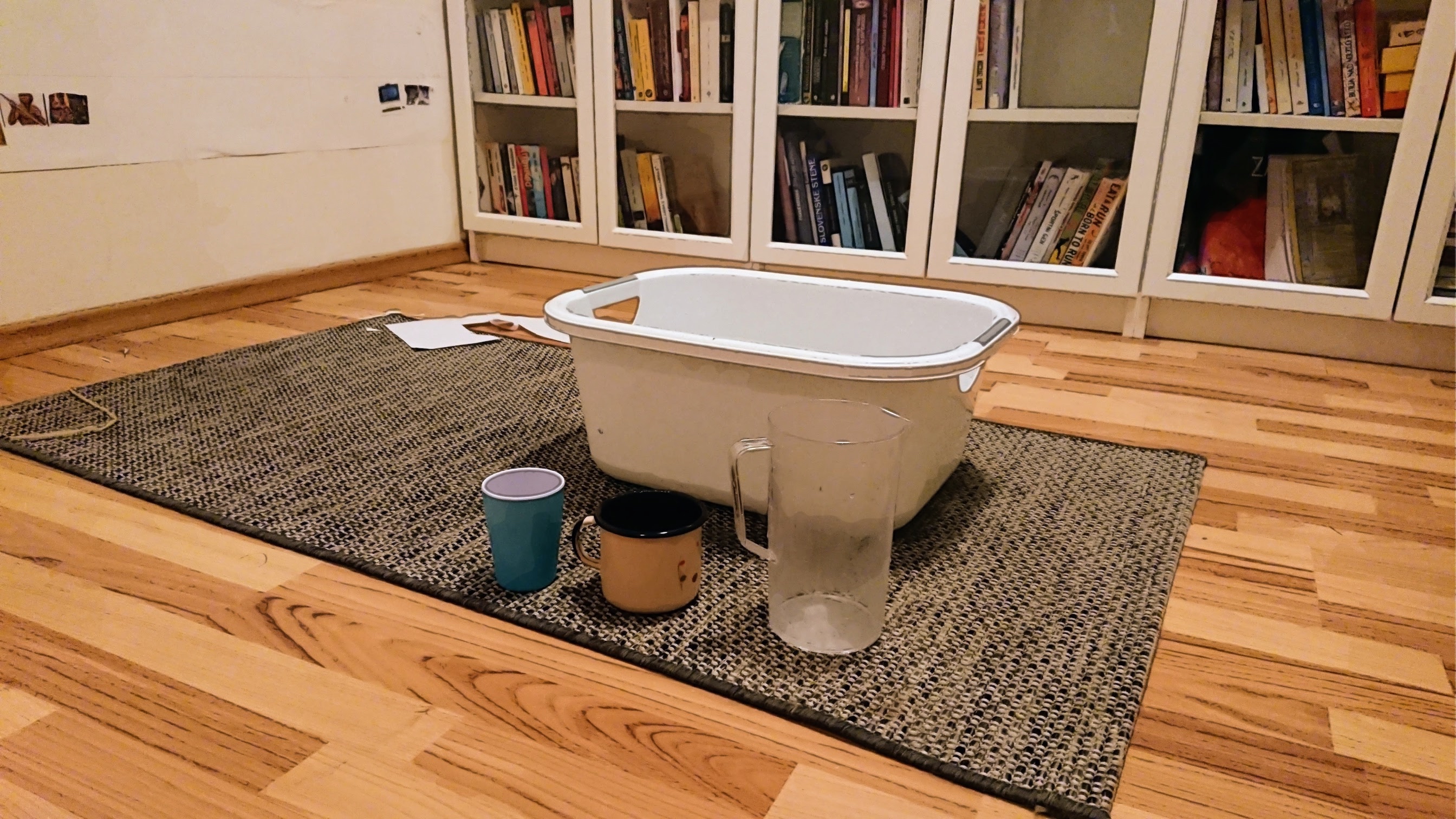
As the kids settled down, I announced that it was time for a bath, prompting immediate protests.
Of course, I was joking.
To lighten the mood, I asked which container was the smallest.
Vesna answered B, likely due to its height. It was true that container A was slightly taller than B, despite having a smaller volume.
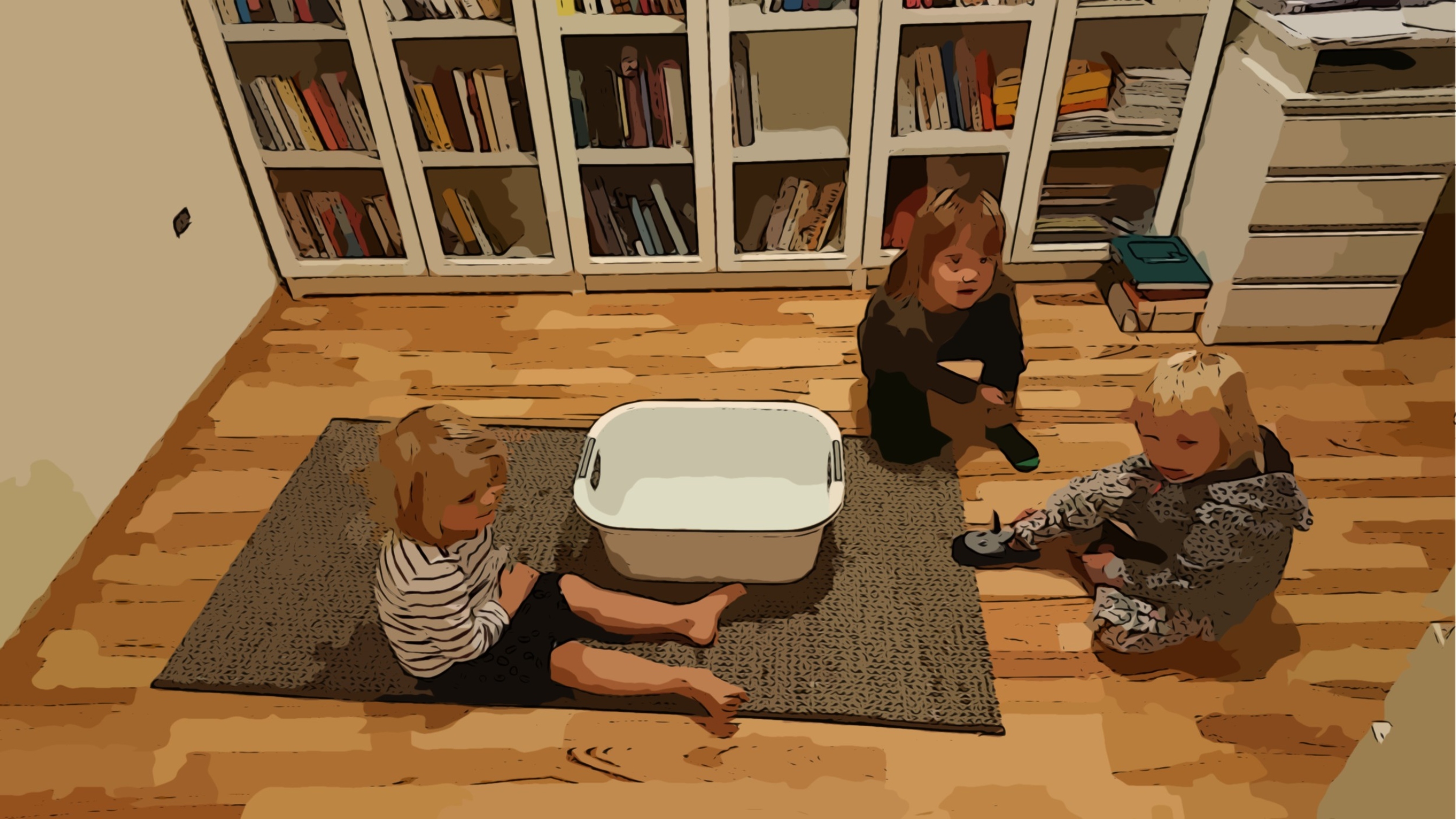
Afterwards, we conducted a couple of experiments to demonstrate the ratios practically. First, we observed that two containers of type A fit perfectly into one container of type B. Then, we noticed that three containers of type B could fit into one container of type C. I handed the pouring task over to the kids and, of course, this turned out to be much more interesting than thinking about ratios.
I attempted to explain further that if two A containers fit into one B container, and three B containers fit into one C container, then six A containers should fit into one C container. However, it seemed to be too difficult and too boring. Nobody was listening anymore.
Nevertheless, I decided to validate this experimentally. With some struggle, I convinced them to pour A into C six times. Well, truth to be told, they were dipping their hands deep into the water instead of following my calculations.
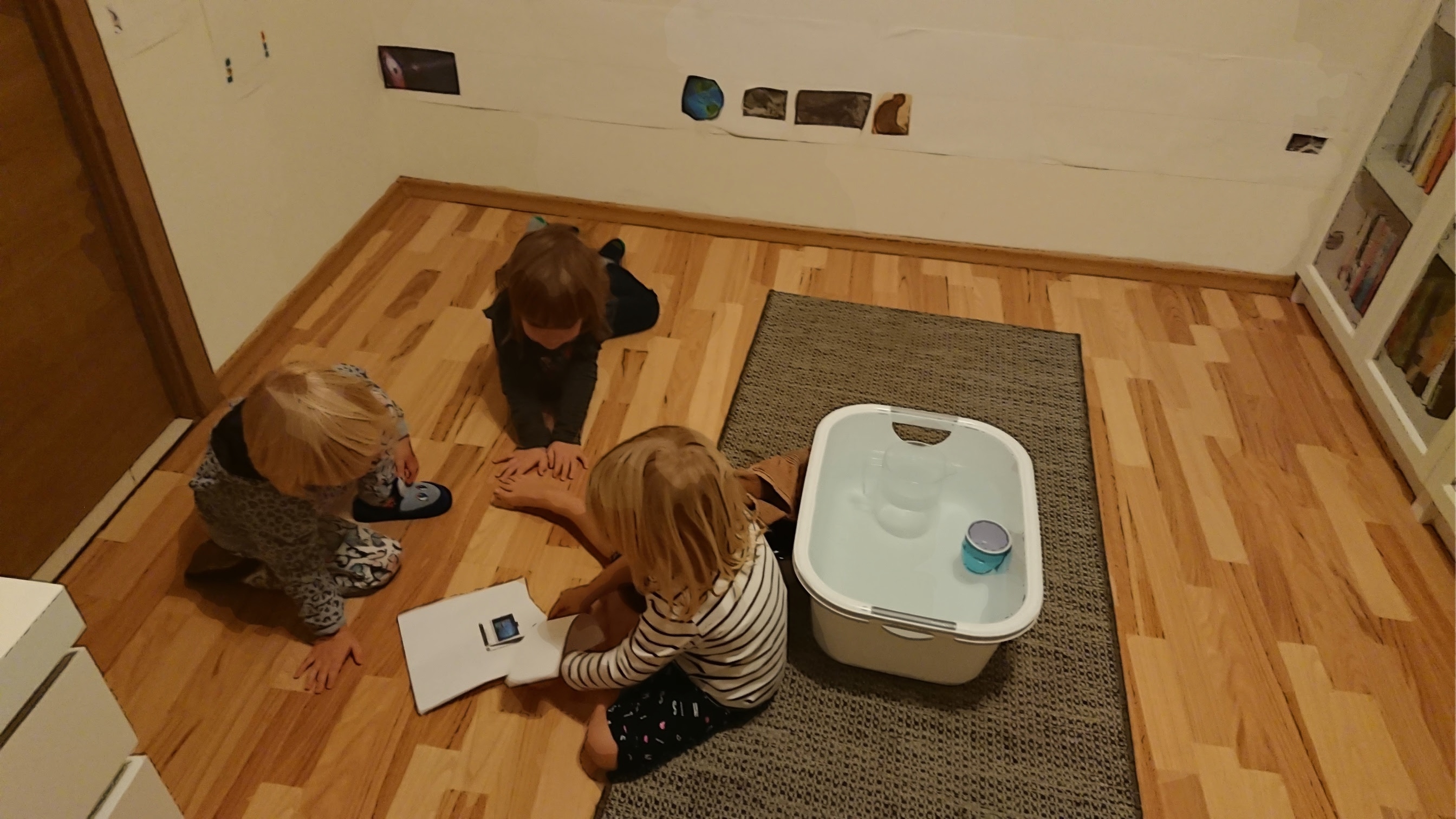
I decided to move away from the water and do some pasting on the timeline instead. We printed out images of a monkey and a computer, and pasted both onto the timeline. This turned out to be slightly more interesting. The computer ended up just slightly before Neil Armstrong’s landing, and we discussed that for a bit. However, in no time, they were back at the water, mercilessly spraying each other.
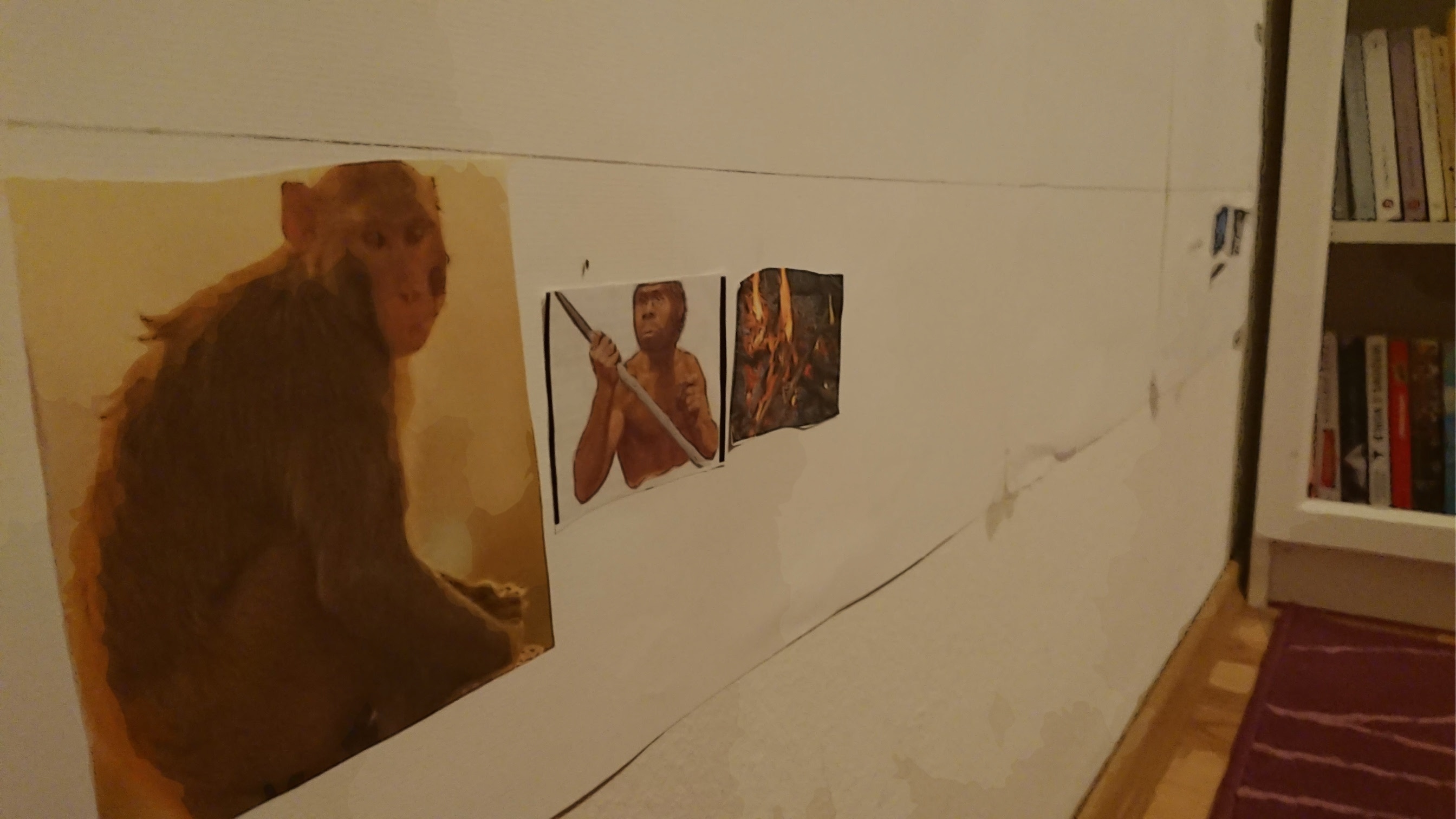
I managed to convince them to return to the timeline, where we marked our birthdays and wrote our names above them. I then attempted to explain where their grandparents' birthdays would fall on the timeline, somewhere before the era of Neil Armstrong and the advent of the first computers. They moved back to the water and completely ignored me. Within seconds, all of them were completely wet.
Deltas
We started the same way by pouring water into containers. I wondered whether the older kids would come up with the answer that 6 As go into one C. They didn’t, but when I explained it, they understood.
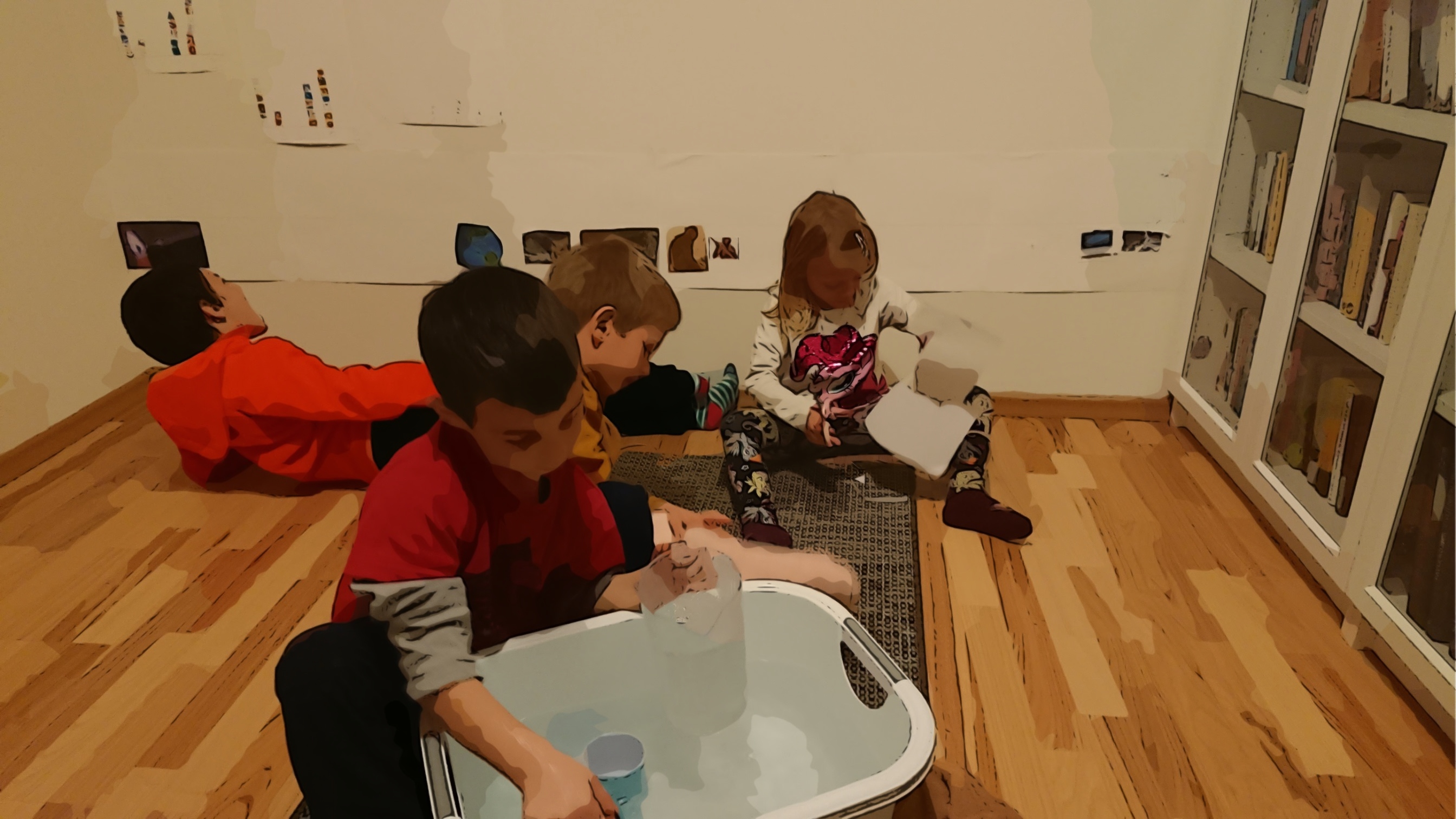
Vesna, one of the Epsilons (and incidentally my daughter), suddenly rushed into the room and sat down beside Gregor. I asked her to leave, but she, of course, didn’t obey—she didn't even think of it. Instead, she and Gregor began making funny faces. The rest of the kids were laughing.
“Stop kissing,” Marko exclaimed, although there was, of course, no kissing.
Nevertheless, the laughter only grew louder. And they continued dipping their hands into the large container, despite my repeated reminders not to do so.
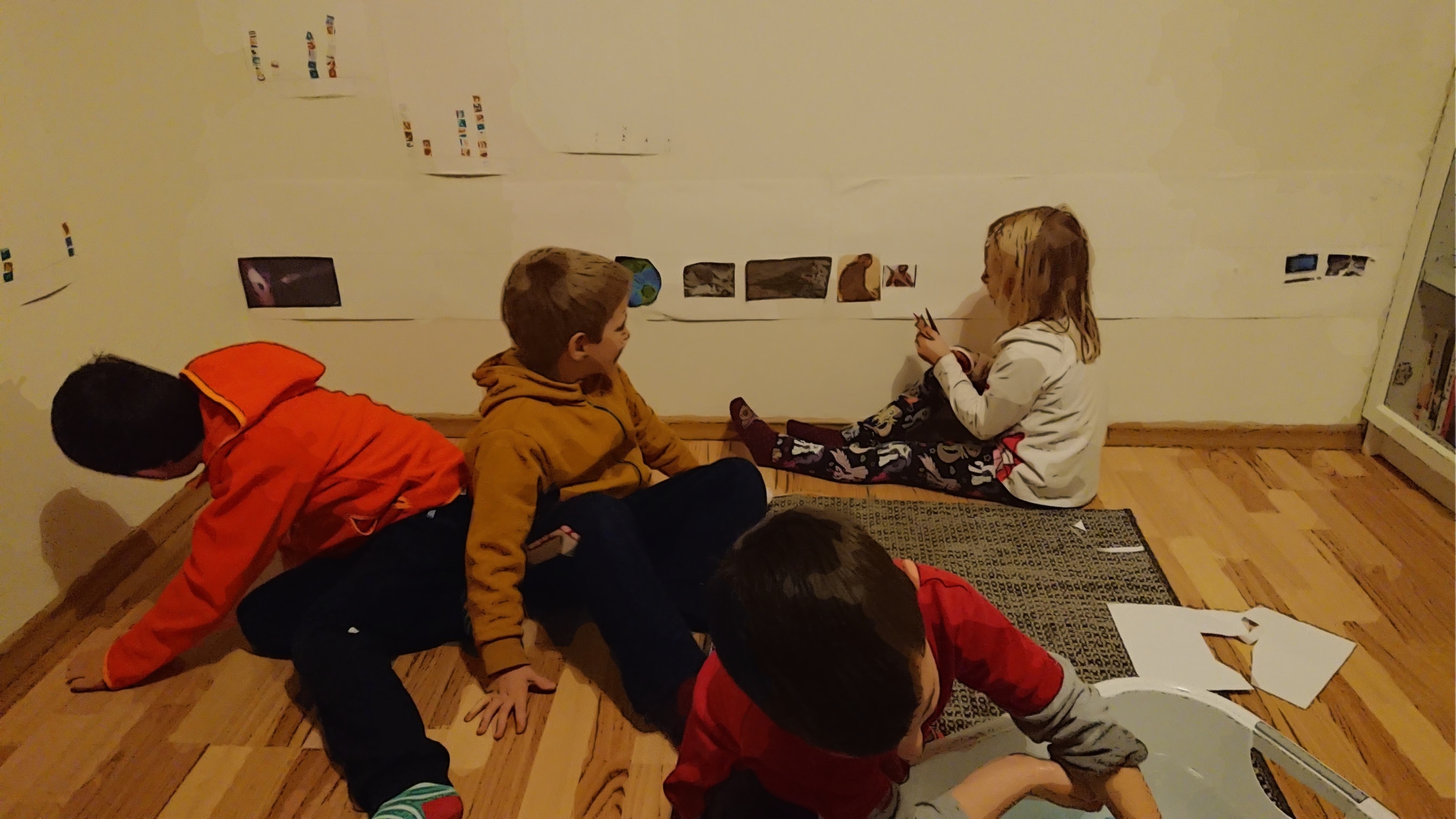
Somehow I managed to convince them to move to the timeline, and we pasted a picture of a monkey and someone representing one of the earliest humans. Then, we added a picture of fire and discussed how people may have made the first fire.
Meanwhile, Vesna continued her antics. At one point, she removed her socks and began biting her toenails. The kids were laughing, and now nothing could stop her.
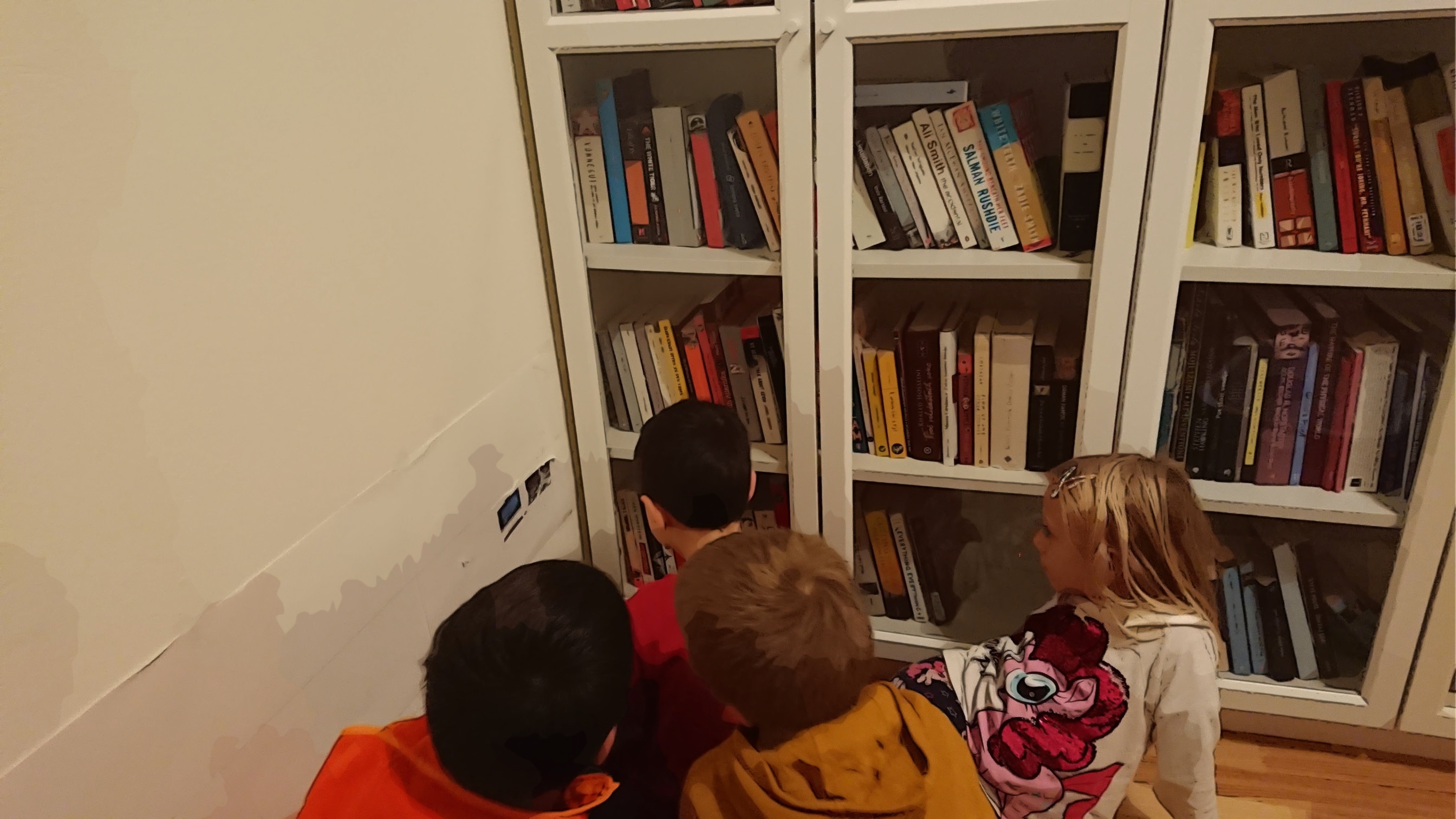
Next, we drew our birthdays on the timeline. We also discussed the scale of the timeline. It was clearly inaccurate. The events such as the invention of the computer, Neil Armstrong’s journey to the moon, and our own birthdays seemed to occupy roughly the same length as the span from Earth’s origins to the emergence of the first organisms. I attempted to explain this discrepancy, and I think they understood.
To conclude, this time there was non-stop screaming and laughter, making it difficult for me to get them to listen most of the time. Water didn’t help to calm them down either, it made everything worse. And I made a mistake by trying to quiet them down by calling out their names. By now, I should have known that this approach doesn’t work.
Instead, I should have engaged with the loudest ones directly. This seems to be the most effective approach; I could have simply asked the loudest kids to participate in activities like pasting an image or pouring water into a container.
